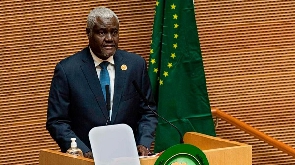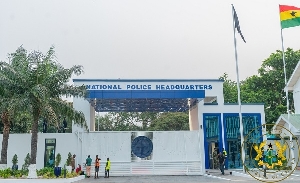Fraudsters impersonated the African Union Commission by deploying artificial intelligence tools and targeted foreign capitals in Europe, in what could be the first diplomatic loophole of the new tech.
Moussa Faki who is the Chairperson of the African Union Commission, the secretariat of the African Union routinely writes to global leaders whenever he needs to place a call.
Such a letter is formally known as note verbale and is the standard procedure for scheduling meetings between the African Union leadership and representatives of other countries or international organisations.
But fraudsters faked his voice and placed several video calls to European capitals, ostensibly seeking to arrange meetings.
AU Commission has revealed that the cybercriminals used fake email addresses, too, pretending to be the organisation’s deputy chief of staff, seeking to arrange calls between foreign leaders and Mr. Faki.
Ebba Kalondo, Mr Faki’s spokesperson confirmed that the pranksters then went ahead to hold video calls with several European leaders, while using deep fake video alterations to impersonate the chairperson.
In a statement on Friday, AUC said it “regrets these incidents,” reiterating the commission only uses official diplomatic channels to communicate with foreign governments, through their embassies in Addis Ababa.
“The African Union Commission reiterates its strict adherence to diplomatic protocol and exclusive usage of Note Verbale for high-level engagement requests,” Kalondo said in a tweet.
It is not yet clear what the intentions of the imposters were, but the AU statement termed their fake emails “phishing”, an indication that they might have intended to steal digital identities to gain access to privileged information.
One of the victims was Estonian Prime Minister Kaja Kallas whose call had been arranged only to turn out fake, an official from the country’s Foreign Ministry confirmed.
Deep fakes, the technology used by cybercriminals, are increasingly becoming popular and are sometimes used by certain entities to spread misinformation and propaganda.
They involve using artificial intelligence tools to develop someone’s image, voice, and traits into a video of them doing or saying something they haven’t actually done.
Africa News of Thursday, 19 October 2023
Source: theeastafrican.co.ke

















